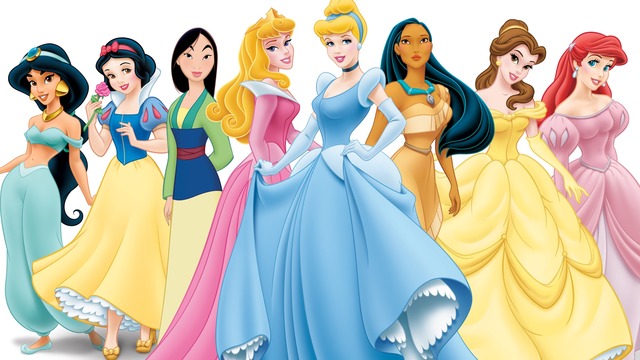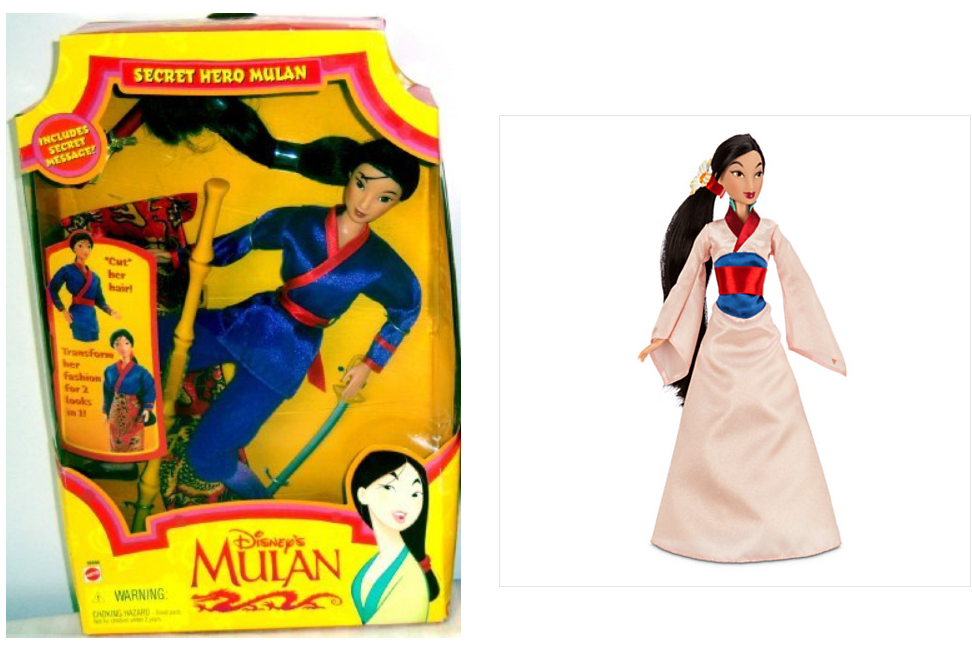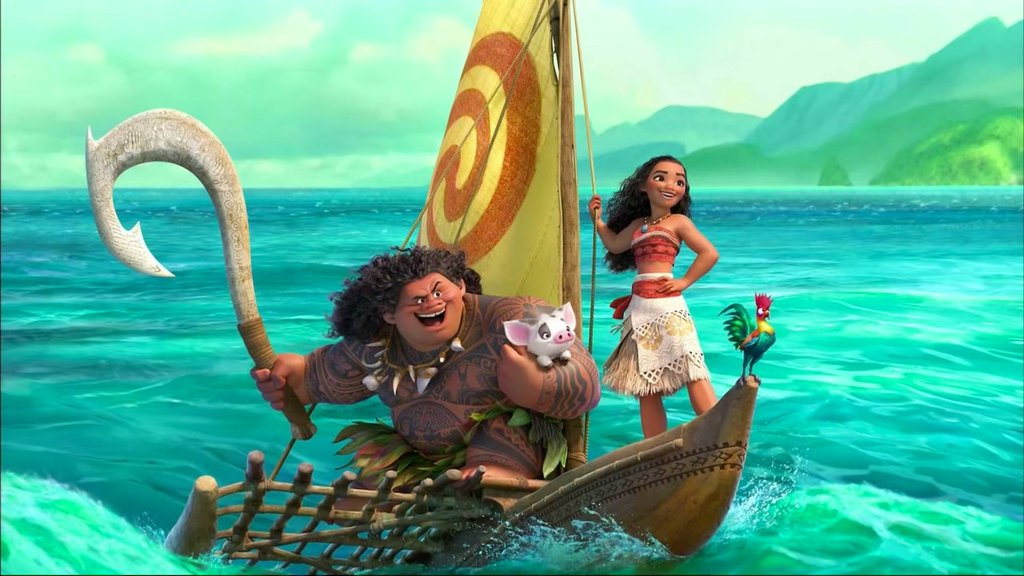In 2006 Peggy Orenstein had had enough: frustrated with the way everyone around her, from family members to total strangers, eagerly foisted the recent princess mania onto her three-year-old daughter, she took to the New York Times in an attempt to get to the bottom of this ultra-feminine, ultra-sparkly, bright pink phenomena entrancing America’s little girls. In her article, What’s Wrong with Cinderella?, Orenstein levied her toughest criticism on the Disney Princess franchise, probably, as she states, “the largest girls’ franchise on the planet”. Established by ex-Nike executive Andy Mooney in 2000, the Disney Princess franchise gathered eight of Disney’s most famous heroines, extracted them from the worlds of their movies, and united them into a brand all their own, where they would live eternally on retail shelves and in little girls’ hearts.
Orenstein is far from the first person to criticize the franchise since its establishment. Countless articles, books, blog posts, and listicles have been published, decrying the princesses’ passivity, both in their movies and their merchandise, and debating their virtues[1]. For a long time it seemed as if Disney was too wrapped up in the franchise’s success to pay any attention to their critics, but that has finally begun to change.
Disney does not produce every piece of princess merchandise on the market. Instead, it licenses the princess image to other companies, such as Build-A-Bear and Campbell’s, and these companies in turn produce Disney Princess bears, bear clothing, and chicken noodle soup. Prior to 2000, Mattel, Disney’s primary doll maker, produced dolls to promote the movies the princesses would be featured in. As a result, each doll reflected her roll on screen. Once the franchise was established, the dolls became more homogenized. Whereas the Secret Hero Mulan doll originally came dressed like a Chinese warrior, fully equipped with a sword, staff, and scroll to represent Mulan’s warrior side, the (few) Mulan dolls Mattel offered post-franchise featured only the formal, overtly feminine, shiny, pink dress Mulan wore to the matchmaker’s to demonstrate her viability as a prospective bride – much to the chagrin of Disney’s feminist critics.
Mulan’s make-over was not unique: the vast majority of Disney Princess dolls produced focused on beauty and glamour above all else, leading parents like Orenstein to question whether the merchandise is toxic for their daughters. Heeding such criticism and frustrated with the way Mattel had begun to neglect the franchise, Disney switched from Mattel to Hasbro in 2015, rolling out the first line of new merchandise on New Year’s Day of this year. The difference is palpable: the dolls are larger and rounder, more like their animated movie counterparts than the anorexic, Barbie-esque fashion dolls Mattel was producing. Other products, such as the Play-Doh Prettiest Princess Castle, are more interactive than Mattel’s products, inviting more active and imaginative play. As stated on Disney’s Consumer Products website, the franchise’s emphasis has shifted to focus on the dreams and, more importantly, the adventures this generation of girls can share with their Disney princesses.
And what about Disney’s animated legacy? It’s true that Disney Princesses have come a long way from Sleeping Beauty, where Aurora sleeps through the majority of the film while waiting for Prince Philip to rescue her with a kiss. For example, Frozen’s princesses, Anna and Elsa, drive the adventure in their film. When Elsa’s ice powers spin out of control, Anna braves the fierce winter storm to rescue her sister. Frozen’s strong plot and feminist overtones made the film so successful that the movie moved beyond a mere branch of the Disney Princess franchise to become a franchise of its own. What is next? Moana. Slated for release in 2016, Moana is a response to criticisms that the typical Disney princess is too passive, too slender, and too white. The film follows the adventures of the athletic daughter of a Polynesian chieftain as she sails across the ocean with the demigod, Maui. No merchandise for Moana has been released as of this post, but Hasbro’s recent output raises the hope that the merchandise will be as progressive as the film promises to be. Between the switch to Hasbro’s more interactive princess products and a new, more diverse princess slated to be debuted later this year, Disney is showing signs that it can evolve its most lucrative franchise to meet the demands for more diverse princesses.
Sources
Cohen, P. (2015). The Trouble with Disney’s Teeny Princesses: Disney’s Depiction of Male and Female Bodies Is Terrible for Us. [online] TIME.com. Available at: http://time.com/3667700/frozen-brave-disney-princesses-heroes-and-sexism/ [Accessed 1 Feb. 2016].
Disneyconsumerproducts.com, (2016). Disney Consumer Products. [online] Available at: https://www.disneyconsumerproducts.com/Home/display.jsp?contentId=dcp_home_pressroom_presskits_press_kit_us_disney_princess&forPrint=false&language=en&preview=false&imageShow=0&pressRoom=US&translationOf=null®ion=0&ccPK=null [Accessed 1 Feb. 2016].
Guo, J. (2016). Researchers have found a major problem with ‘The Little Mermaid’ and other Disney movies. [online] Washington Post. Available at: https://www.washingtonpost.com/news/wonk/wp/2016/01/25/researchers-have-discovered-a-major-problem-with-the-little-mermaid-and-other-disney-movies/ [Accessed 1 Feb. 2016].
Hains, R.C. (2014). The Princess Problem: The Princess Problem: Guiding Our Girls through the Princess-Obsessed Years. Naperville, IL: Sourcebooks.
Orenstein, P. (2006). What’s Wrong With Cinderella?. [online] Nytimes.com. Available at: http://www.nytimes.com/2006/12/24/magazine/24princess.t.html?pagewanted=all&_r=0 [Accessed 1 Feb. 2016].
Orenstein, P. (2011). Cinderella Ate My Daughter: Dispatches from the Front Lines of the New Girlie-Girl Culture. New York, NY: HarperCollins.
Suddath, C. (2015). The $500 Million Battle Over Disney’s Princesses. [online] Bloomberg.com. Available at: http://www.bloomberg.com/features/2015-disney-princess-hasbro/ [Accessed 1 Feb. 2016].
[1] Books include Peggy Orenstein’s Cinderella Ate My Daughter: Dispatches from the Front Lines of the New Girlie-Girl Culture (2011) and Rebecca C. Hains’ The Princess Problem: Guiding Our Girls through the Princess-Obsessed Years (2014); articles include Phillip Cohen’s article for time.com, The Trouble with Disney’s Teeny, Tiny Princesses (January 28, 2015) and, more recently, Jeff Guo’s article for washingtonpost.com, Researchers Have Found a Problem with ‘The Little Mermaid’ and Other Disney Movies (January 25, 2016).
Kodi Maier is a third year PhD student at the University of Hull. Their thesis focuses on the Disney Princess franchise’s evolution and how the franchise impacts female gender roles among young girls in the United States. Outside of gender and animation, they are also interested in studying comics, popular culture, and other “geeky” subjects.




great thanks